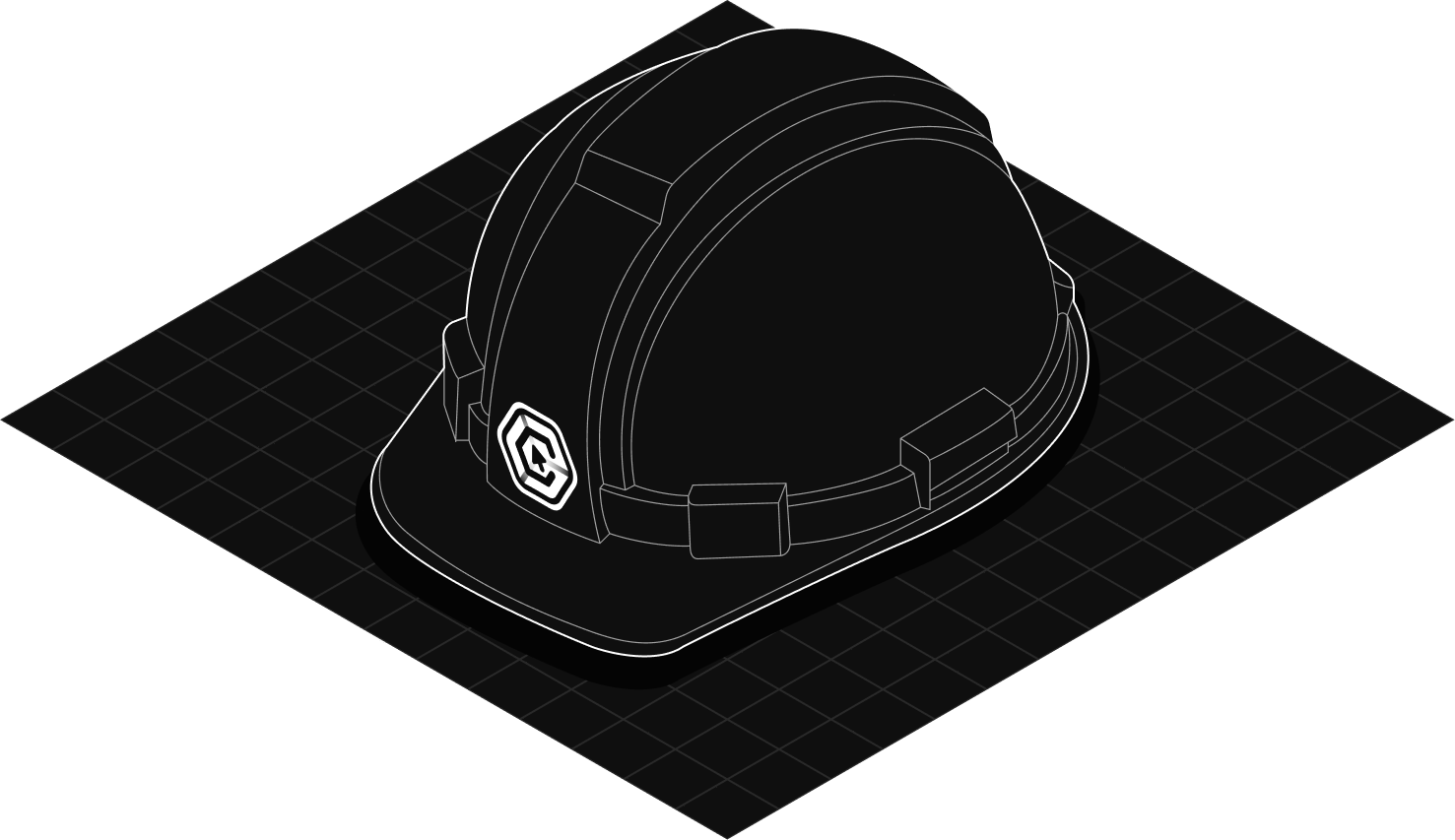Backtest: Arbitrum DeFi Farming vs. Bitcoin
What is more profitable in the current macro: a diversified yield portfolio of DeFi pools on Arbitrum or HODL Bitcoin or Ethereum?

In the dynamic and evolving world of Decentralized Finance (DeFi), there are exciting opportunities for financial growth. It’s critical, however, to have a clear understanding of how these investments might behave under different market conditions. With this in mind, we’ve conducted a backtest of a DeFi portfolio featuring multiple platforms.
This backtest is not about predicting the future based on the past. Instead, it’s a practical way to evaluate the resilience and potential of various DeFi investment strategies. It’s a window into how DeFi opportunities might compare with the traditional route of merely holding cryptocurrencies like Bitcoin or Ethereum.
We’ve kept this backtest straightforward and beginner-friendly, focusing on four pools from well-known DeFi protocols. The assets involved are limited to established, reliable cryptocurrencies — often referred to as ‘blue chips’ in the crypto world.
Remember, a backtest is not a crystal ball. It doesn’t promise what will happen, but rather, it provides valuable insight into how certain strategies have performed under specific market conditions. In other words, it’s a learning tool, designed to help both new and experienced investors gain a deeper understanding of DeFi’s unique landscape.
Assumptions
- This backtest assumes no transaction fees for simplicity, which is a reasonable assumption given there are so few transaction periods.
- There are 4 periods of portfolio reallocation, each pool’s asset allocation remains constant across the period.
- GLP asset allocation was slightly simplified; it generally includes about 4% AVAX and several other smaller assets.
- We start with an investment of $10,000
Method
The backtest covers the period from November 2, 2022, to June 21, 2023, and includes the following portfolio pools, all on the Arbitrum network:
- Sushiswap — WETH USDC
- Curve — TriCrypto
- GMX — GLP
- Hop Protocol — ETH
The portfolio is an equally weighted average of all of the pools which have been active during that date. For example, at the very beginning of the backtest Sushiswap (WETH USDC) was the only pool active so it is 100% of the portfolio at that date, then as soon as the next pool (Curve) goes live, the funds are split 50%, 50%, and so on. Here we can see the date range:

Each pool has its own underlying asset exposure, graphically displayed here:

This means the overall portfolio has an asset allocation which is a pool’s underlying assets multiplied by that pool’s share of the portfolio, which gives us:

APY Computation
APY for each pool was sourced from DeFi Llama. This APY was then applied to the underlying asset for each respective pool. Compounding was only performed at a reallocation period, with everything between reallocations earning simple interest. During a reallocation period, the entire portfolio is sold (assuming no transaction fees) to purchase the new portfolio, thus creating a compounding effect.
Results

For the period from March 2022 to June 2023, the final balances of a $10,000 investment in each strategy:
BTC final balance: $6,489.90, return: -35.10%
ETH final balance: $5,828.20, return: -41.72%
DeFi Portfolio final balance: $11,837.72, return: 18.38%
Analytics
- BTC Max Drawdown: 72.69%
- ETH Max Drawdown: 82.14%
- Portfolio Max Drawdown: 42.16%
- BTC VaR 95: 4.73%
- ETH VaR 95: 6.58%
- Portfolio VaR 95: 3.39%
Conclusions
DeFi portfolios showcase impressive potential for returns, exemplified by the 18.38% yield on the DeFi portfolio compared to losses in holding individual BTC and ETH over the same timeframe.
The max drawdown figures, indicating the most significant drop from a peak, paint a picture of the risks associated within cryptocurrency investing. The portfolio’s max drawdown (42.16%) is significantly less than either BTC (72.69%) or ETH (82.14%). This is due to the portfolio having exposure to stablecoins during a market downturn. This implies that diversification across various pools could potentially help temper volatility and provide a risk mitigation advantage.
The Value at Risk (VaR) 95 provides further insights into this risk. It’s lower for the entire portfolio compared to individual assets, suggesting that a diversified DeFi portfolio might carry less risk under certain market conditions.
However, it’s crucial to keep in mind that DeFi portfolios also have unique risks, such as protocol risk. If a protocol fails or is exploited, investments can be lost instantly. To mitigate this, we’ve focused on more well known protocols for this backtest — protocols that are well-established and trusted in the DeFi space.
Remember, backtesting does not guarantee future outcomes. Instead, it sheds light on how certain strategies might behave under specific market conditions, providing investors a valuable resource to guide their decision-making process.
In simple terms, our backtest suggests that a diversified DeFi portfolio, particularly one focused on blue-chip protocols, could potentially offer better returns and lower risk compared to investing solely in individual cryptocurrencies. However, due to the unique risks associated with DeFi and the overall volatility of the crypto market, it’s critical to approach any investment decision with ample research and caution.


